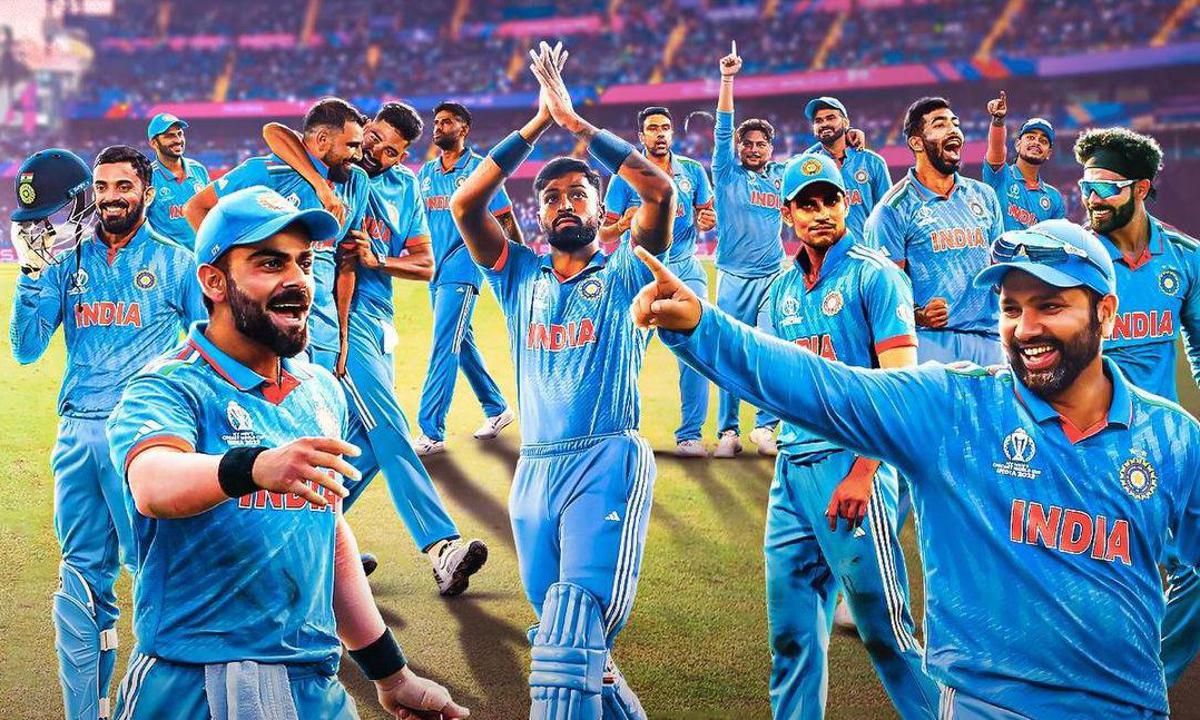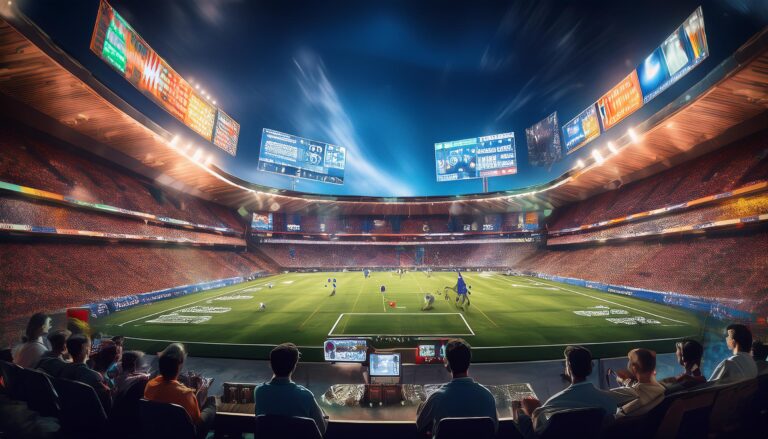How to Use Technology to Improve Cricket Coaching Methods: 99exch, Reddy Anna Book, Allpanel
99exch, Reddy Anna Book, All Panel.com, Allpanel: Video analysis has become a valuable tool for coaches and players to enhance performance and skill development. By carefully reviewing footage of training sessions or matches, players can receive comprehensive feedback on their techniques, positioning, and decision-making during gameplay. This detailed analysis allows athletes to identify areas for improvement and make targeted adjustments to refine their performance.
Moreover, video analysis provides a competitive advantage by enabling teams to strategize effectively against opponents. Coaches can analyze the strengths and weaknesses of rival teams by dissecting gameplay videos, allowing for tailored game plans and tactics to be developed. Additionally, video analysis fosters effective communication between coaches and players, as visual feedback is often more impactful and easier to comprehend than verbal instructions alone.
Implementing Virtual Reality for Simulation Training
Virtual reality (VR) has revolutionized the way athletes train by offering simulated environments that mimic real-life scenarios. By immersing players in these virtual worlds, coaches can provide realistic training experiences that enhance decision-making skills under pressure. With VR, athletes can practice game situations repeatedly, which not only improves their skills but also builds their confidence on the field or court.
The interactive nature of virtual reality simulations allows players to receive instant feedback on their performance, enabling them to make adjustments and refine their techniques in real time. This immediate feedback loop is a valuable tool for coaches to pinpoint areas of improvement and tailor training programs to address specific needs of individual athletes. By incorporating VR into simulation training, teams can effectively prepare for competition and elevate their level of play to new heights.
Utilizing Wearable Technology for Performance Tracking
Wearable technology has revolutionized the way athletes monitor and assess their performance. These devices, often worn as watches, bands, or even clothing, can provide real-time data on various metrics such as heart rate, speed, distance covered, and calories burned. By tracking these metrics, athletes can make informed decisions about their training regimen, adjust intensity levels, and optimize their performance on the field or in the gym.
The beauty of wearable technology lies in its ability to provide personalized feedback to athletes. With the data collected from these devices, coaches and trainers can analyze an individual’s performance trends over time, identify areas for improvement, and tailor training programs to address specific weaknesses. This targeted approach not only enhances an athlete’s overall performance but also reduces the risk of injury by monitoring workload and recovery patterns.







